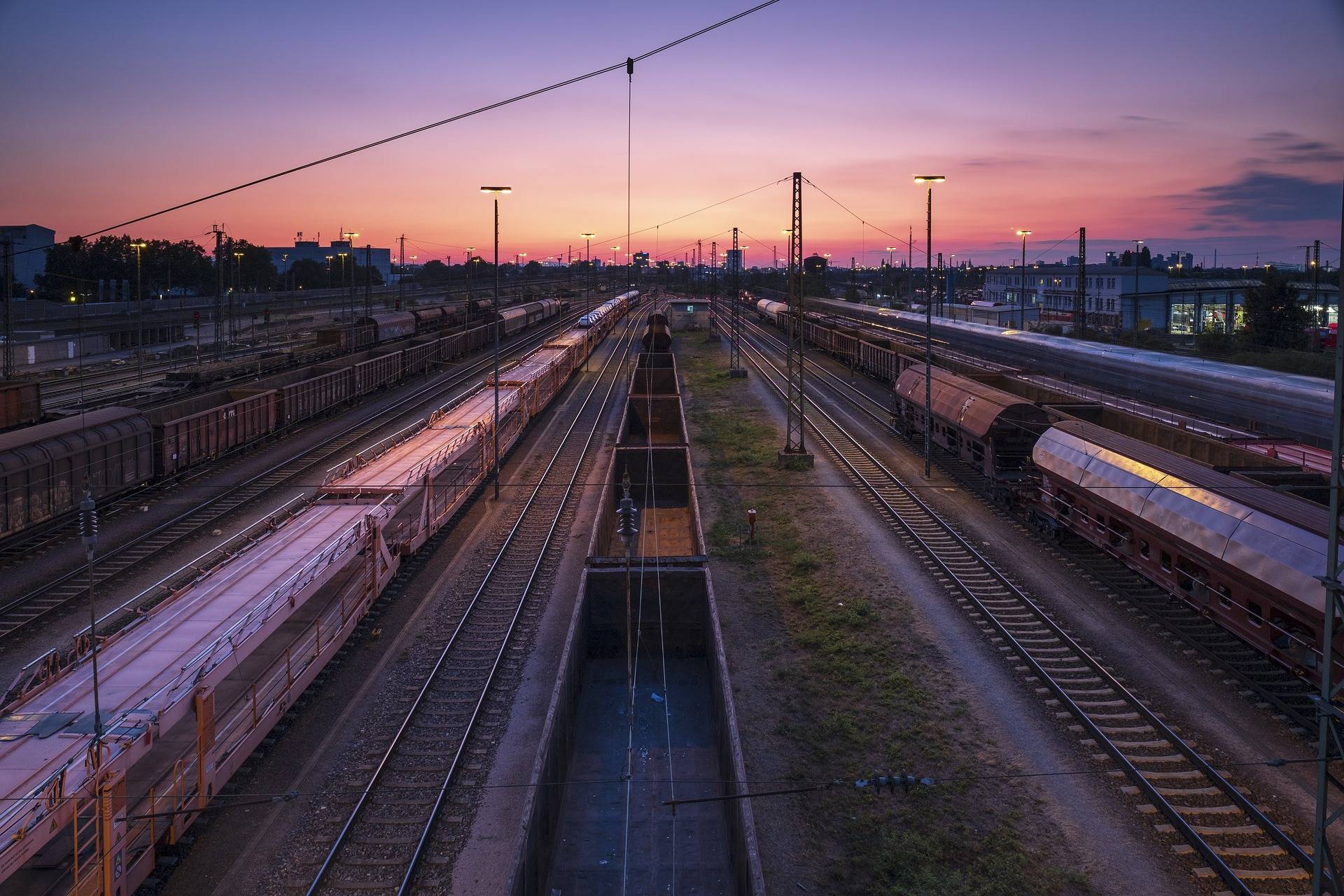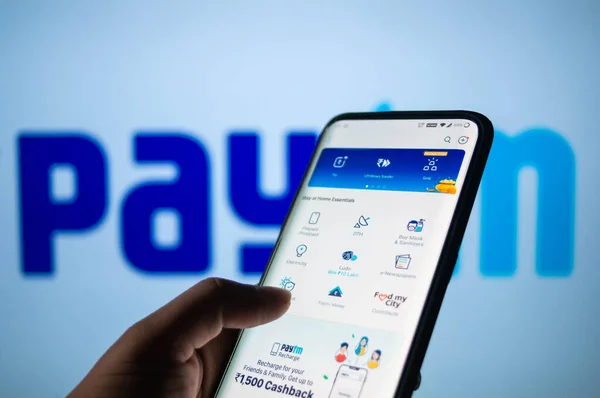The Indian Railways history is around160 years old. The first passenger train ran on 16th April 1853, between Bori Bunder (Bombay) and Thane having a distance of 34 KM. The first goods train was introduced on 22.12.1851 between Roorkie to Piral. The Railway had been the most important infrastructure development in India from 1850 to 1947. It played a major role in economy, in markets as well as in increasing trades.
The Indian Railways being one of the largest Institution covers track length of 67000 KM, carries 1.1 billion tonnes of goods and 8 billion passengers on an average, and provide employment to around 1.3 millions of people. The transformation in Railway is going on. The railways which first started with steam locomotive engine, upgraded to first diesel locomotives in 1949 and then electrical Engine was introduced in 1960. The first metro was introduced in 1984 in Kolkata. There have been a number of changes and up gradation over the years like high speed train, driverless Metro train and also work is going on for wider deployment of Bullet Trains.
Indian Government had decided to leverage Railways for addressing the needs of speedy development of Indian economy. In 2005, the ministry of Railway under the direction of Government of India took up the dedicated Freight Corridor (DFC) project. The government has planned to construct six freight corridors traversing the entire country. The present quadrilateral railway network which links all major cities is unable to support the growing demand. The Industry is facing challenges in time bound supply chain as well as high cost from overseas market. DFC project is to provide timely supply as well as making it cost effective which will attract the overseas industry to invest in India and support the “Make in India” programme of the nation.
The Dedicated freight corridor envisaged are as under:-
1. East-West Corridor (Kolkata-Mumbai) approx. 1976 Kms.
2. North-South Corridor (Delhi-Chennai) approx. 2173 Kms.
3. East Coast Corridor (Kharagpur-Vijayawada)approx. 1100 Kms.
4. Southern Corridor (Chennai-Goa) approx. 899 Kms.
The New Bhaupur- Khurja section of Indian Railways under Eastern Dedicated Freight Corridor (EDFC)inaugurated by PM Narendra Modi on 29.12.2020 is located in the state of UP has a stretch of 351 km long built at a cost of Rs 5,750 crore. It will help to decongest the existing mainline and faster train service between Kanpur-Delhi benefiting both the passengers and transportations.
The New Rewari-Mandar Western Dedicated Freight Corridor (WDFC) having a stretch of 306 KM was inaugurated by the Prime Minister on 07.01.2021.
Operation Control Centre for the entire Eastern Dedicated Freight Corridor’s route length will be at Prayagraj and will act as the command centre. The building is constructed as per the state of the art operation control centre and it is one of the largest structures with modern design. As per ‘Sugamya Bharat Abhiyan’ the construction of building that is green building is ecofriendly and has an rating of GRIHA4.
The bogey designing is being done with collaboration of the USA but the manufacturing of the wagons would be in India under the Government’s fiat of “Make in India”.
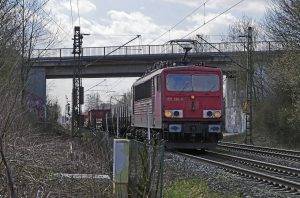
Commercial Benefit:
Under the 426 Km DFC of Eastern route there is a single electrified line and rest of the corridor is electrified automatic double line running from Ludhiana to Dankuni and it passes through important places like Saharanpur, Khurja ,Kanpur, Mughalsarai, Sonnagar, Gomo and Asansol As per the plan, 104 bridges, 368 road-over-bridges (ROBs), 189 road-under-bridges (RUBs) will be constructed in eastern DFC and 21 flyovers , a 4km-long tunnel, 262 bridges, 33 flyovers, 505 ROBs and 200 RUBs will be constructed in western DFC.
There are several large coal mines and steel production industries located on the Eastern DFC line and many ports are located on Western DFC route which will potentially facilitate container traffic as the ports are expected to handle 5.29 million of 20 ft container traffic by 2022. The axle load of wagons would be enhanced from 22.9MT to 32.5MT after implementation of DFC.
This ambitious program would cater to the transportation requirement of the country for the next 50 years whereas all these initiatives involving huge investment of money will boost our economy after Covid period.
Environmental Benefit:
India was the 4th largest emitter of carbon dioxide as per 2013 measurement of pollution. The fuel used in transportation involves combustion of gasoline and diesel which was the second largest contributor of CO2. The emission rate of carbon in movement of goods by road is 3 times higher than the corresponding movement by rail.
The whole projects follow a low carbon path adopting various technological options which can help DFC to operate in a more energy efficient fashion and at the same time it aims to invest in low carbon assets such as solar power, wind power and afforestation to offset its own GHG (Green House Gas) emissions. Introduction of new techniques such as communication based train control, driver advice system, regenerative braking, aerodynamic profiling in rolling stock and on-board lubrication system could reduce GHG emissions.
On a cumulative basis over 30 years, the no- DFC scenario produces 6 times more green house gases emissions than the DFC scenario in western corridor while for the Eastern Corridor the non-DFC produces 2.5 times more green house gases emissions than the DFC scenario . The project has the capability to replace 4 lakh trucks in each corridor which would largely reduce carbon emission.
Benefit to public:
Construction of freight corridors is for movement of freight trains only. However, Logistics Parks, Freight terminals and theme park will also be developed simultaneously. Such commercial hubs will definitely generate lot of employment opportunities to local public.
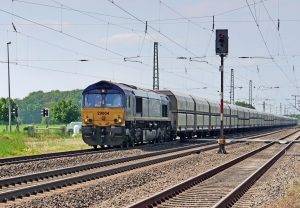
Following are additional benefits of construction of DFC:-
1) Amritsar-Kolkata industrial corridor planned along the EDFC; and Delhi- Mumbai industrial Corridor (DMIC) constructed along the WDFC for building of industrial hubs along the corridors will revolutionize the industrial base of Indian economy.
2) It will provide lots of opportunity to people at large for growing their per capita income.
3) Reduction of freight cost and efficient supply chain logistics would be a great catalyst for the Industries and economy will pick up fast.
4) The decongestion of passenger rail tracks and shifting of the goods transportation from road to rail would also have impact on minimization of accidents.
5) Environment friendly and pollution free growth strategy on will better the life of people.
6) The existing lines of railway will be able to reduce congestion and run more number of passenger trains efficiently after building of freight corridors.
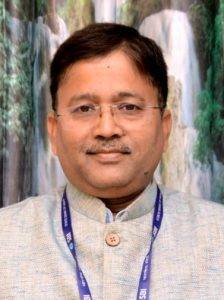
Sunil Kumar Azad
Assistant General Manager & Director,
State Bank Institute of Learning and Development, Deoghar.


